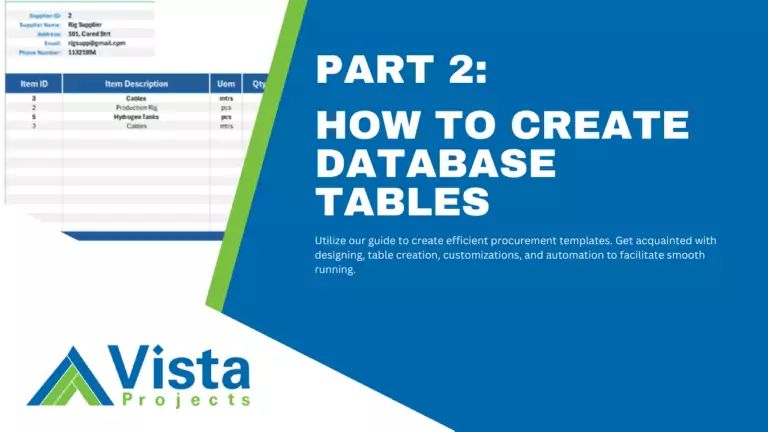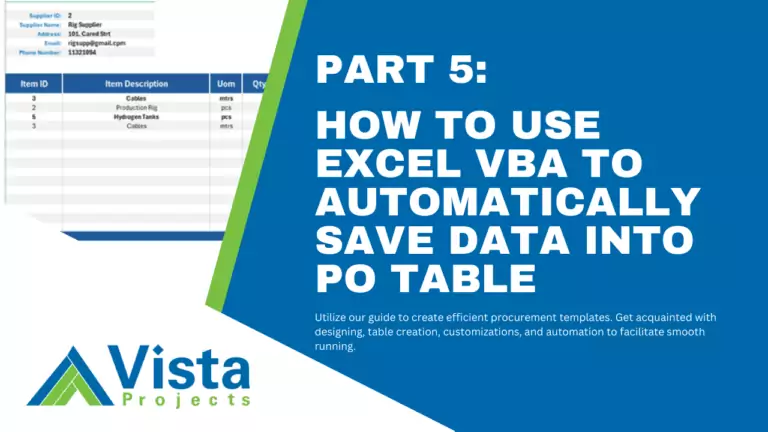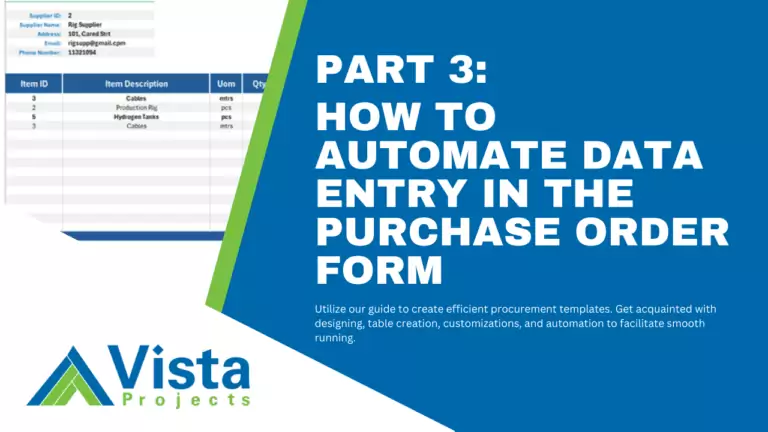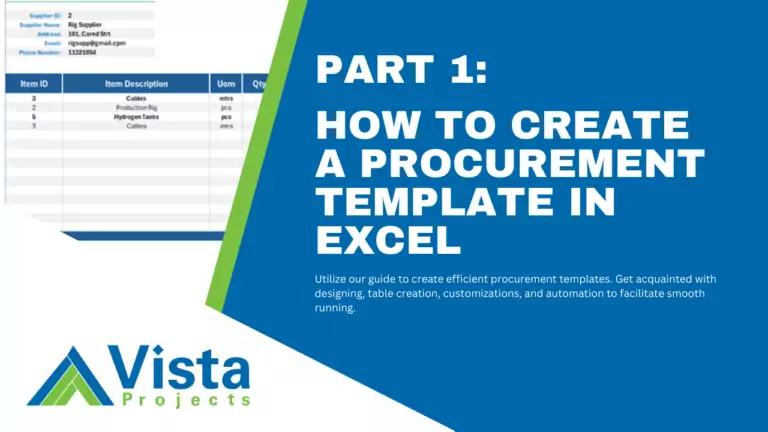It doesn’t matter if you’re a journalist or an engineering consultant. When you’re the responsible author for a written document, knowing different ways to edit your own work can make your – and your team’s – life a whole lot easier.

Even so, editing something you’ve written can be quite challenging. This point is true no matter what profession you’re in.
Why? Because it’s hard to consider your work objectively and understand how your readers will interpret it. You are too familiar with the content to see its flaws and too invested in the material to scrap any of its pieces.
Is this accurate for you?
If you’re committed to producing high-quality content, you know that editing is entirely necessary. Although bringing in a second set of eyes to review your writing is always a good idea, a skilled technical writer does not need to rely on others to proofread their work.
The following 7 tips are ways to edit your own work. These suggestions should help improve your editing skills. And once you perfect them, you will become a more effective technical writer and communicator.
7 Ways to Edit Your Own Work
1) Use a Checklist for Technical Editing
Keep an editing checklist. That way, you don’t have to remember every little detail about how to edit your own work. When writing a checklist, focus on what you might need to omit for the sake of clarity.
Taking this approach is effective because it is common for writers, technical writers especially, to provide too much detail. The result is writing that is not concise. If you take out extraneous detail first, you can either replace it with more helpful information (if needed) or leave it out for succinctness.
A few things to consider eliminating include:
- Jargon
- Redundancy
- Irrelevant data
Only include information that answers a question you have been assigned to answer.
If, for instance, you work for an engineering services company like ours and a client asks for a technical engineering document, write as specifically and clearly about that as possible. Stick to the scope of the project to avoid extraneous information.
2) Consider Your Audience
Don’t leave out necessary information either. It’s essential to consider your audience—think about what they likely already know, know of, or know nothing about.
Technical terms, acronyms, and industry lingo usually need to be carefully explained. Your readers might not have the same background knowledge that you do, and you must keep this in mind before and after writing.
When you’re an expert in your field, you are much more knowledgeable about what you’re writing than the average person.
3) Read It Out Loud
One tried-and-true method for catching grammatical errors and awkward phrasing is to read your writing out loud. It is one of the best ways to edit your work from the perspective of a reader.
Remember to take it slow when you read your work out loud. It helps you to read what you’ve written rather than what you may have intended to write.
4) Print Your Work for Review
Although we don’t print much anymore, hard copies can come in handy when it’s time to edit your writing. A paper copy can give your eyes a break from the computer screen and make it easier to transition from writing to editing.
Another benefit of a paper copy is that it lets you use both your brain and your body. Get into the habit of using a pen or highlighter to mark up your work. This will help you effectively and efficiently identify issues and remember what improvements you’re making in the long term. It may seem old school, but this is one of the most effective ways to edits your own writing.
5) Start at the End
If you’re having trouble catching mistakes in your writing, try starting at the end. Reading your work from end to beginning forces you to read slowly and carefully, making mistakes much more obvious.
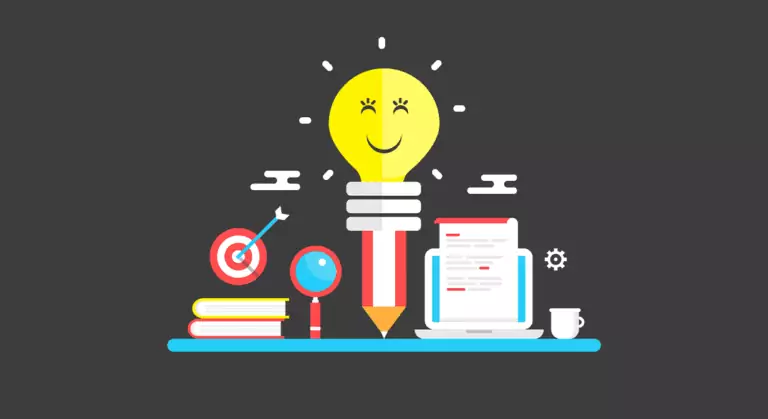
6) Edit When You’re Done Writing
Holding off on editing until you’re done writing might be uncomfortable, but it’s more than worth trying. You know ways to edit your own work if you’re using these tips, but you don’t want to edit while writing and slow yourself down.
When you’re writing, you’re using creative skills and engaging with your content by thinking outside the box. When you’re editing, you’re using analytical skills and engaging with your content by thinking inside the box. Is it correct? Is it effective?
If you keep your writing and editing processes separate, you will have more success with both.
Over time, you will find that you are often guilty of certain writing blunders and learn to avoid them before your writing makes it to the editing stage.
7) Step Away and Come Back
Though it might seem counterintuitive, walking away from your writing for a moment or two is a great way to edit more efficiently. You want to get the job done, but you may have trouble if you don’t take a break before digging in. Fresh eyes give you a new perspective.
The idea here is again to keep writing and editing separate. If there is a pause between the two tasks, you will be able to slip into an editing flow and move more quickly through revisions.
Bonus Tip: Use Editing Tools
Let auto-editing software and online tools do the tedious work for you.
Of course, you still need to know ways to edit your own work, but editing tools can act as a simple spell check to catch misspellings, syntax errors, and grammar mistakes. Tools like these give you more time to spend on substantive edits, just don’t rely on them exclusively—they aren’t always right.
Check out more technical writing tips in our resources section.






